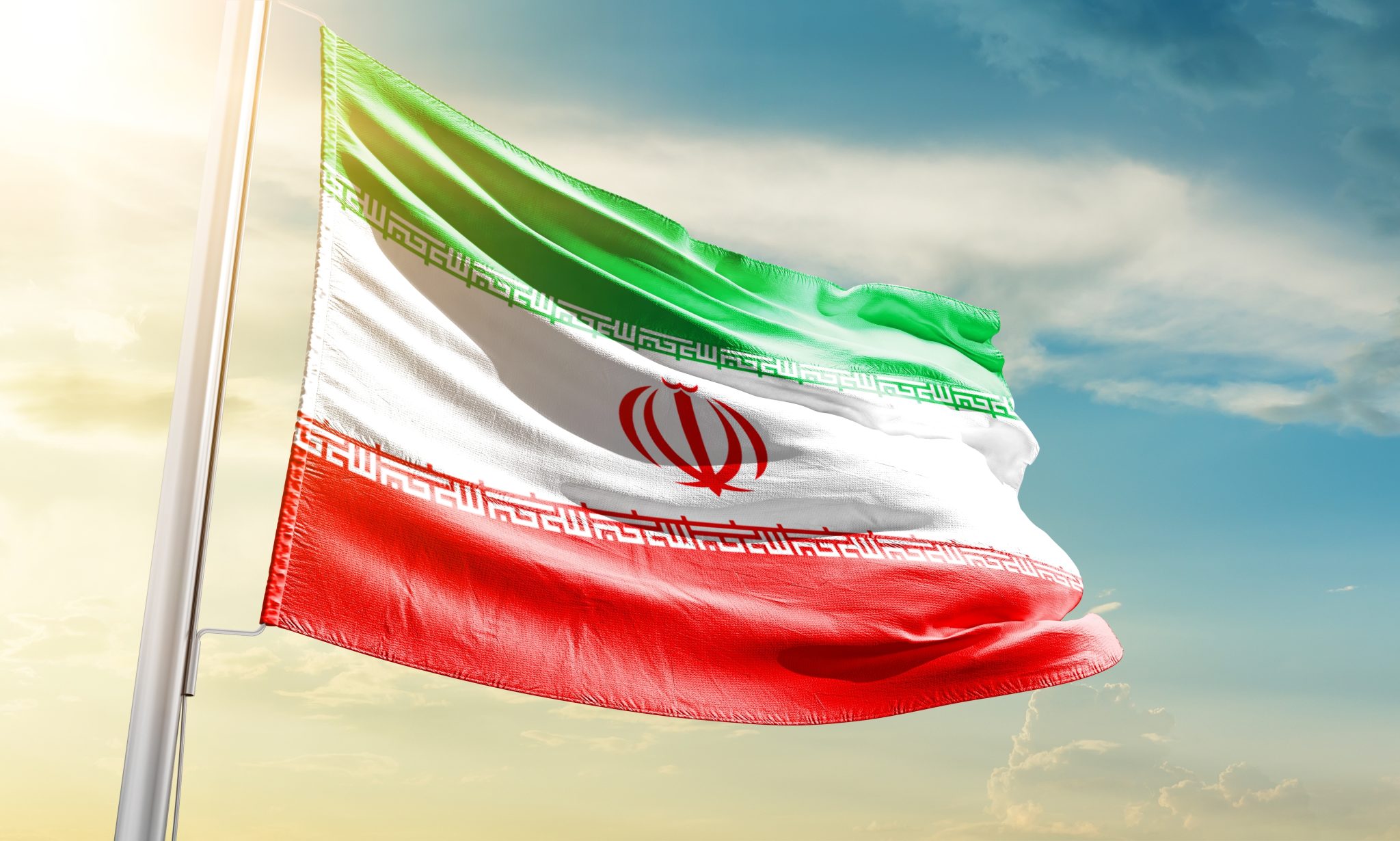$40B DEAL in Caspian – What’s Iran’s Endgame?

Iran’s strategic return to oil drilling in the Caspian Sea after three decades could dramatically alter regional energy dynamics and strengthen its controversial alliance with Russia.
At a Glance
- Iran has resumed oil drilling operations in the Caspian Sea’s Block 18 after a 30-year hiatus, with initial signs showing promising extraction potential
- The Caspian region holds an estimated 48 billion barrels of oil and 292 trillion cubic feet of natural gas reserves
- The 2018 ‘Convention on the Legal Status of the Caspian Sea’ reduced Iran’s share of resources from 50% to 11.875%
- Iran and Russia recently signed a comprehensive 20-year strategic partnership treaty focusing on energy cooperation and sanctions evasion
- Military cooperation between Iran and Russia has intensified, with Iran supplying drones and missiles used in Ukraine
Iran’s Renewed Caspian Energy Ambitions
After decades of focusing primarily on its Persian Gulf and Gulf of Oman oil operations, Iran has turned its attention northward to the resource-rich Caspian Sea. The Islamic Republic is making significant progress on its first concerted oil drilling operation in the Caspian in 30 years, targeting Block 18 in the Roudsar formation. Located in 70-meter waters approximately 15 kilometers from Iran’s northern coastline, this exploration area is showing early promise that could substantially boost Iran’s energy portfolio.
Iran’s entry into Caspian energy development has been notably delayed compared to other regional powers. The country discovered its first offshore hydrocarbon deposit in the Caspian, the Sardar-e Jangal field, only in 2011 through the Khazar Exploration and Production Company (KEPCO). Initial projections suggest this field alone contains approximately 50 trillion cubic feet of natural gas and 10 billion barrels of oil, representing a significant energy reserve that Iran is eager to exploit.
Legal Disputes and Resource Division
Iran’s renewed drilling efforts come after a contentious legal battle over Caspian Sea resource rights. The 2018 ‘Convention on the Legal Status of the Caspian Sea’ dramatically reduced Iran’s share of resources from 50% to just 11.875%, a development that many Iranian officials viewed as unfavorable. This agreement divided the seabed resources among the five littoral states: Russia, Kazakhstan, Turkmenistan, Azerbaijan, and Iran, with Iran receiving the smallest portion.
“Iran should have said back then that Russia should have shared its Caspian stake with the three former USSR states, but it [Iran] was content to wait for the official legal dispute to be settled,” underlined the Iran source.
Despite this unfavorable division, Iran has pursued collaborative approaches with neighboring countries. In 2016, Iran signed a memorandum of understanding with Azerbaijan for cooperation in the oil and gas industry, particularly as the Sardar-e Jangal field potentially extends into Azerbaijani waters. Former Iranian President Hassan Rouhani indicated openness to regional cooperation, including oil and gas swaps and joint exploration activities.
The Russia-Iran Strategic Partnership
Financial necessity and geopolitical alignments have driven Iran’s return to Caspian drilling, with the Russia-Iran relationship playing a central role. The two nations recently signed a comprehensive strategic partnership treaty valid for 20 years with automatic five-year extensions. This agreement focuses on economic integration, nuclear technology sharing, joint military exercises, and developing financial systems independent of Western influence – all designed to circumvent international sanctions.
The energy component of this partnership is substantial, with Russia planning to deliver up to 55 billion cubic meters of gas annually to Iran, backed by a $40 billion agreement to develop gas and oil fields. Russia’s Lukoil has already signed agreements with Iran’s National Oil Industry Company to study the Caspian Sea’s oil and gas potential, highlighting the practical implementation of this partnership in the energy sector.
Military Dimensions and Western Concerns
Beyond energy cooperation, the Russia-Iran relationship has developed significant military dimensions that concern Western powers. Iran has been supplying Russia with military equipment since the 2022 invasion of Ukraine, including munitions, drones, and ballistic missiles. In return, Russia has reportedly increased its assistance to Iran’s controversial nuclear program, creating what some analysts describe as a “marriage of convenience” between two nations facing international isolation.
The Caspian Sea has emerged as a critical trade corridor in this partnership, with both countries investing in the International North-South Transport Corridor (INSTC) designed to link Russia to India via Iran. This development, coupled with Articles 12-14 of the treaty that aim to promote stability in Central Asia and “Transcaucasia,” suggests a coordinated effort to control energy and trade routes in the region while reducing Western influence.
Future Implications
Iran’s current drilling operations in Block 18 could substantially alter the regional energy landscape if successful. With the Caspian region holding an estimated 48 billion barrels of oil and 292 trillion cubic feet of natural gas in reserves, these operations represent not just economic opportunity for Iran, but a potential shift in regional power dynamics. The development coincides with Iranian President Pezeshkian’s description of the Russia-Iran partnership as providing “impetus and stimulus towards building a multipolar world.”
For American policymakers, the deepening energy and military cooperation between these two sanctioned states presents a complex challenge. The Russia-Iran alliance not only tests Western sanctions regimes but also challenges American leadership in the region. As Iran moves forward with its Caspian drilling operations, the success or failure of these endeavors will have implications far beyond the energy sector, potentially reshaping geopolitical alignments throughout Eurasia.
